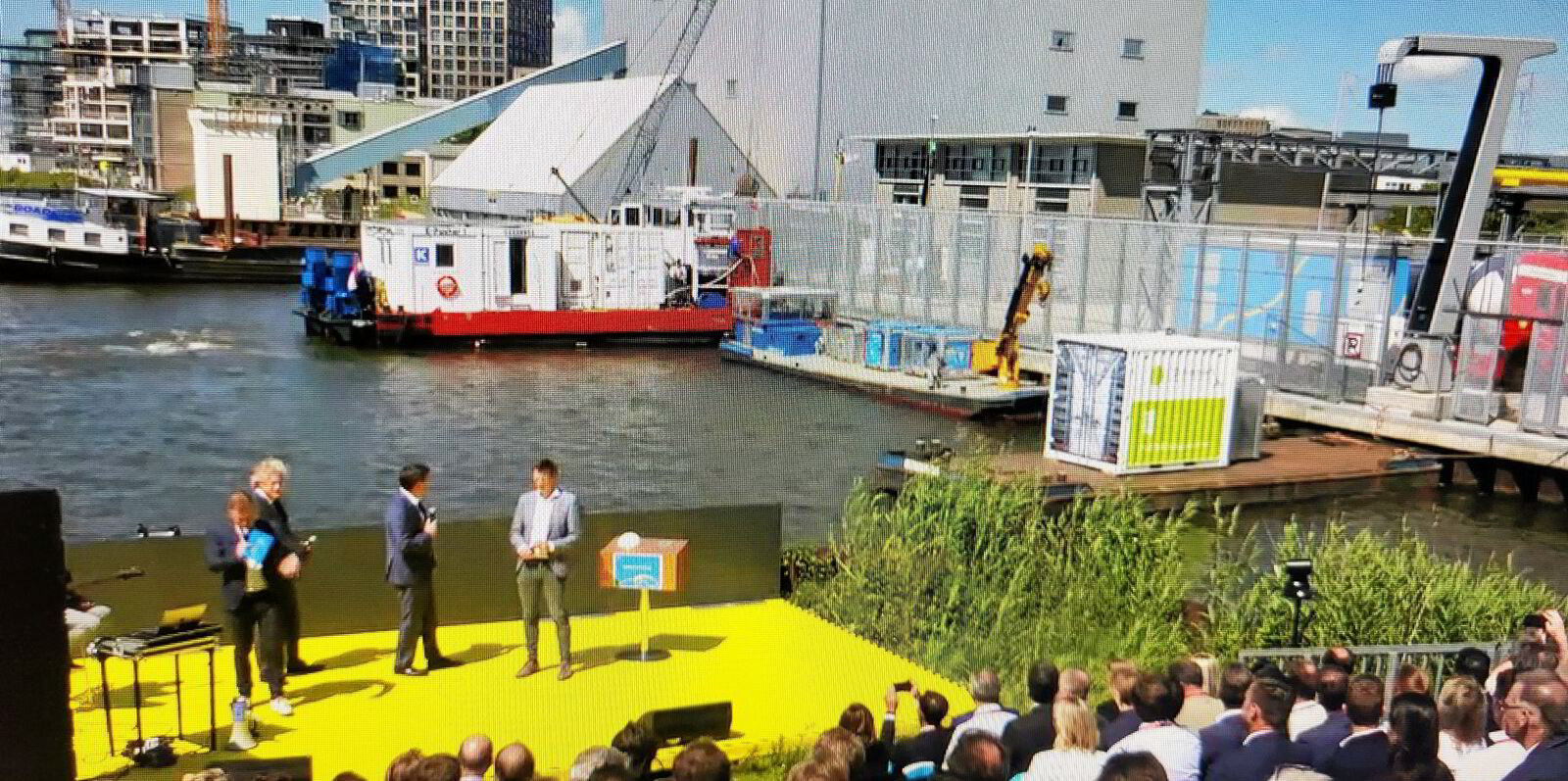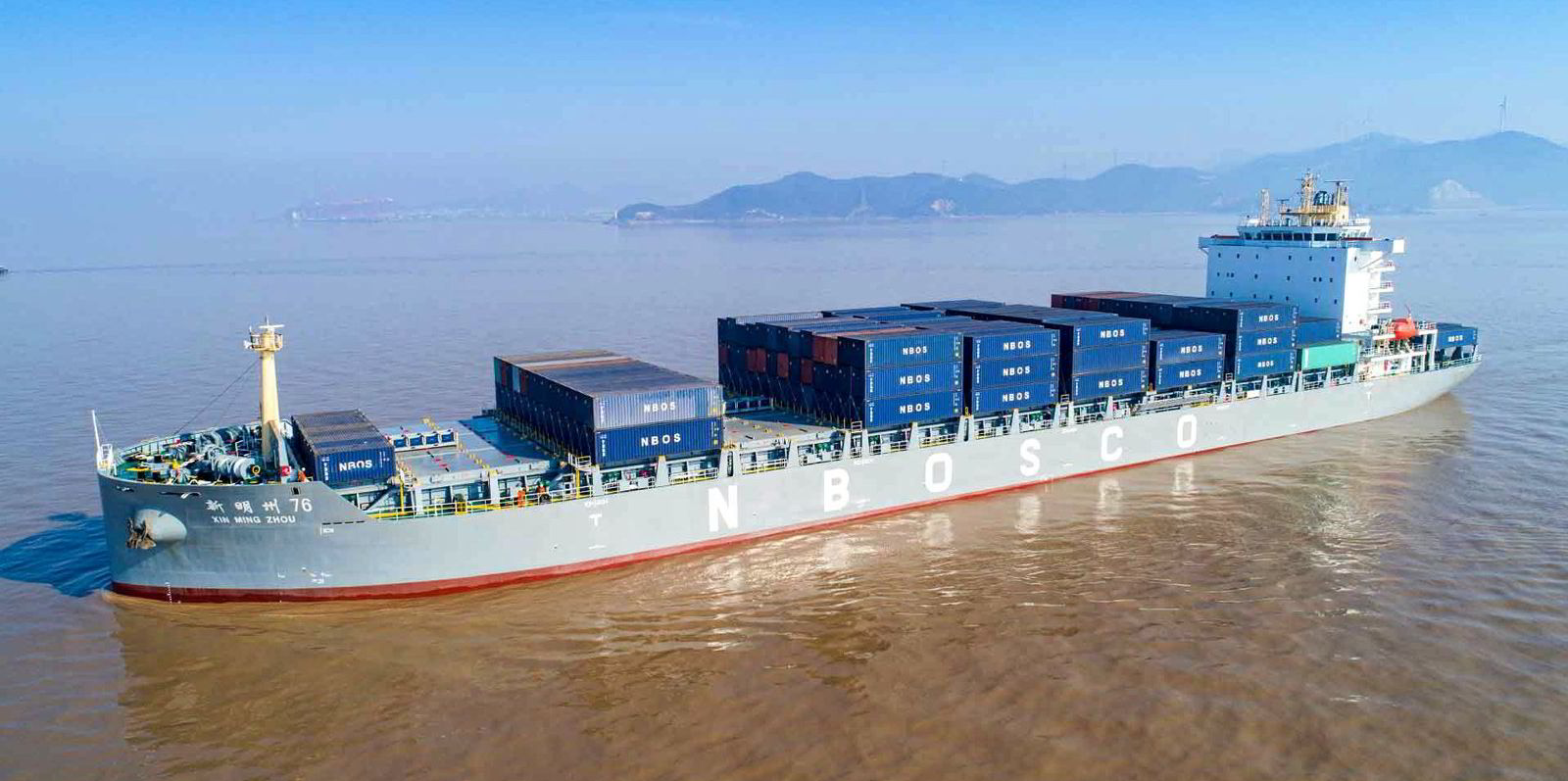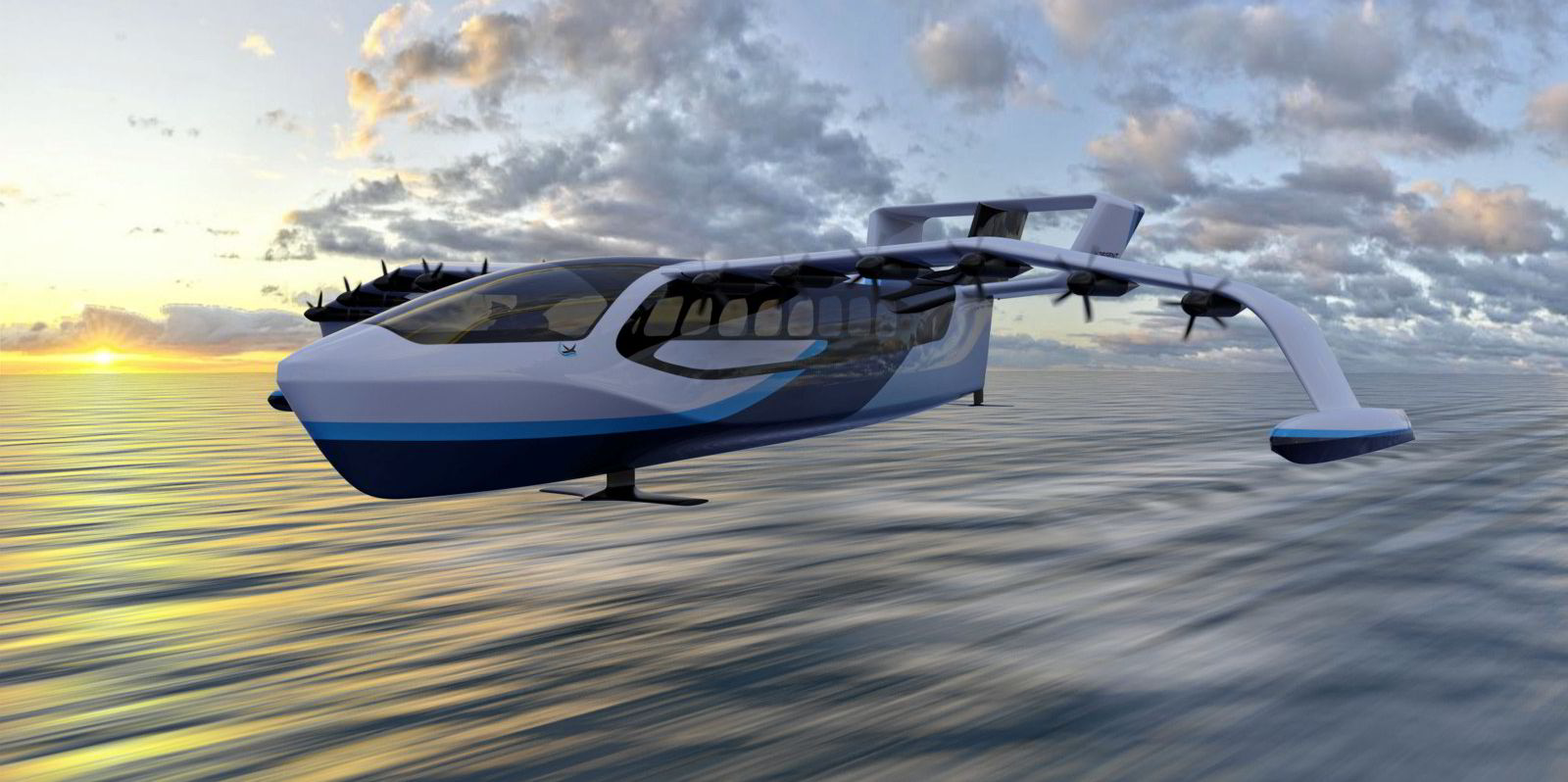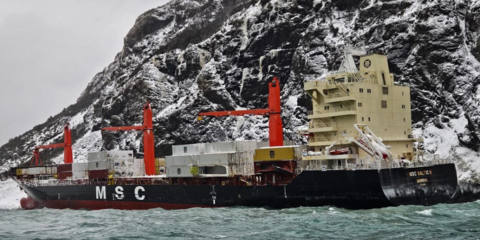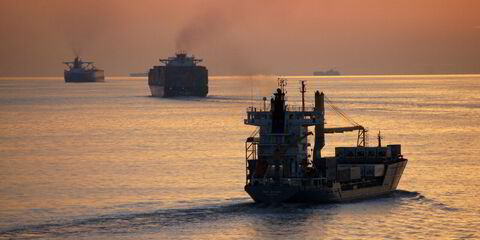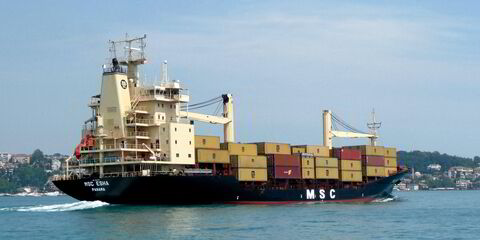Energy major Shell has unveiled a new electric fast-charging unit for ships and trucks — the megawatt charger (MWC).
At an in-person and live-streamed event from its Energy Transition Campus Amsterdam (ETCA), Shell inaugurated its new kit by simultaneously plugging in a barge-based unit and a truck to the backdrop of some heavy rock music and the turning of a giant ceremonial key.
The barge-based unit was a Kotug e-pusher vessel, which is used to help transport cocoa beans for trader Cargill from Amsterdam warehouses to a local factory.
Answering what panellists admitted were prepared questions, Kotug commercial manager for inland shipping Geert-Jan Van der Wielen said the company is proud that it has made zero emission transport possible.
He said currently the e-pusher is charged overnight, which takes eight to 10 hours. But he said using the MWC will change the whole business model for it as the vessel can work for 24 hours and be fully charged after being connected for just one hour.
“The whole business model for shipping changes from a short-distance day operation to a more long-distance 24-hour operation,” he said.
But the Kotug manager stressed that it is important to be able to charge this vessel all over Europe and that one standard should apply.
“We don’t step into this if we don’t think it is a commercially viable business case,” Van der Wielen said. “So we think in the long run there is money to be made too.”
Shell Marine president Melissa Williams said the MWC can charge a broad range of inland and port vessels such as tugs, barges, service craft and ferries.
She said it can also cut capital expenditure because of infrastructure sharing.
Williams said that for those vessels that are not “megawatt ready” the charger offers a broad range of power out of the same core, explaining that it also comes with a second connector to provide a combined charging system.
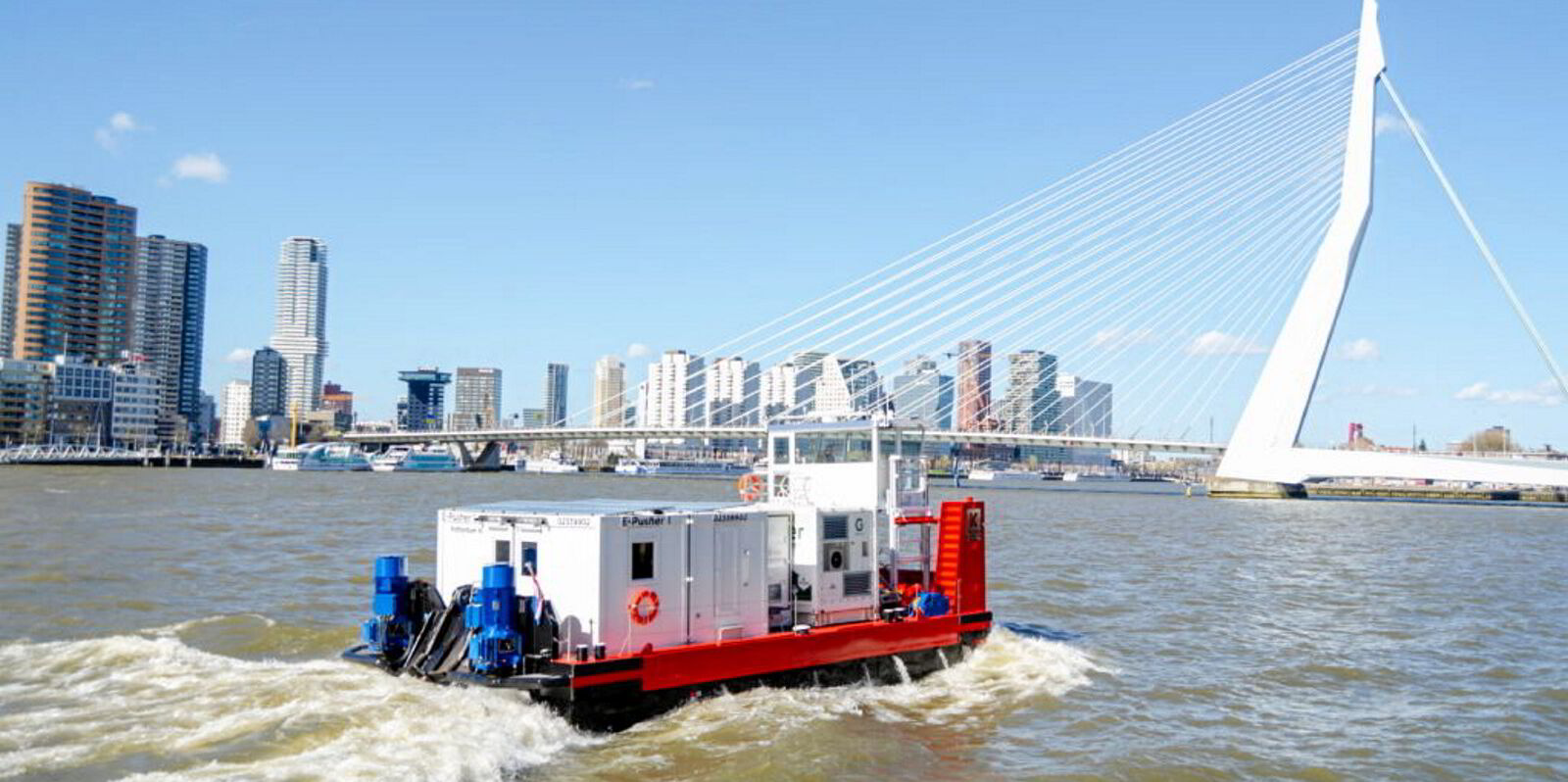
“This is no longer a test or conceptual phase,” Williams said, adding that Shell is in commercial discussions to deploy it.
She said, however, that there is a need to consider the power available at the customer’s side.
If there are no limitations, then the MWC can be at full capacity from installation, she said.
But if there are limitations from the grid, the unit can be set up with a lower capacity with the provision to increase this as power becomes available.
Williams said Shell is working with its marine customers on power-to-shore solutions along with low-carbon fuels.
She said these customers have logistical supply chains which use multiple modes of transport and for these “we have to take it to the last mile”, she added.
“The use of this dual case charger will allow them to be able to use the same infrastructure for land and water.”
The Shell Marine president added that this is “new unchartered territory guys” and stressed the need for collaboration to reduce costs. “We are building a new infrastructure here,” Williams said.(Copyright)
